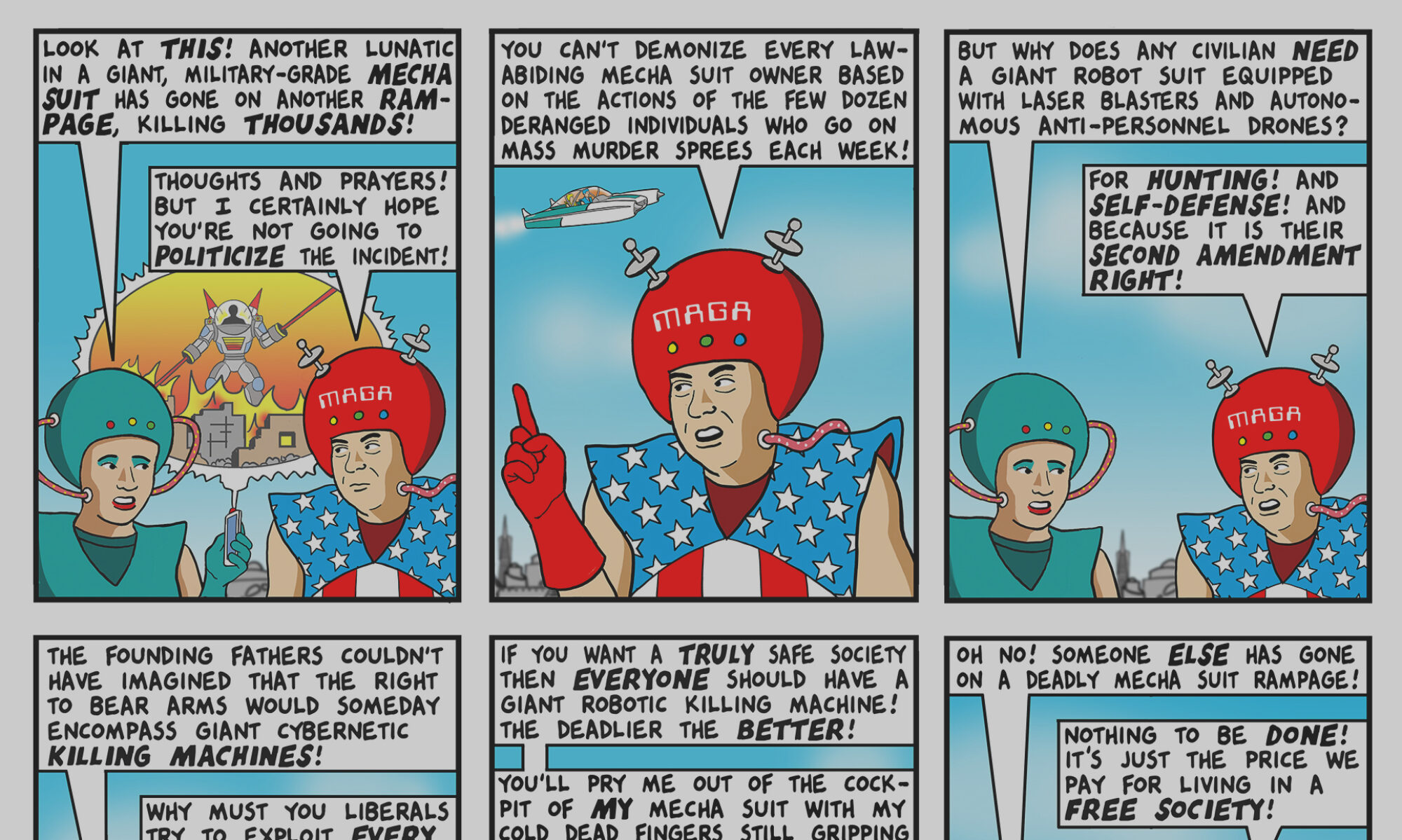From the current New Yorker. Read it and weep:
Tooth decay begins, typically, when debris becomes trapped between the teeth and along the ridges and in the grooves of the molars. The food rots. It becomes colonized with bacteria. The bacteria feeds off sugars in the mouth and forms an acid that begins to eat away at the enamel of the teeth. Slowly, the bacteria works its way through to the dentin, the inner structure, and from there the cavity begins to blossom three-dimensionally, spreading inward and sideways. When the decay reaches the pulp tissue, the blood vessels, and the nerves that serve the tooth, the pain starts — an insistent throbbing. The tooth turns brown. It begins to lose its hard structure, to the point where a dentist can reach into a cavity with a hand instrument and scoop out the decay. At the base of the tooth, the bacteria mineralizes into tartar, which begins to irritate the gums. They become puffy and bright red and start to recede, leaving more and more of the tooth’s root exposed. When the infection works its way down to the bone, the structure holding the tooth in begins to collapse altogether.
Several years ago, two Harvard researchers, Susan Starr Sered and Rushika Fernandopulle, set out to interview people without health-care coverage for a book they were writing, “Uninsured in America.” They talked to as many kinds of people as they could find, collecting stories of untreated depression and struggling single mothers and chronically injured laborers — and the most common complaint they heard was about teeth. Gina, a hairdresser in Idaho, whose husband worked as a freight manager at a chain store, had “a peculiar mannerism of keeping her mouth closed even when speaking.” It turned out that she hadn’t been able to afford dental care for three years, and one of her front teeth was rotting. Daniel, a construction worker, pulled out his bad teeth with pliers. Then, there was Loretta, who worked nights at a university research center in Mississippi, and was missing most of her teeth. “They’ll break off after a while, and then you just grab a hold of them, and they work their way out,” she explained to Sered and Fernandopulle. “It hurts so bad, because the tooth aches. Then it’s a relief just to get it out of there. The hole closes up itself anyway. So it’s so much better.”
* * *
One of the great mysteries of political life in the United States is why Americans are so devoted to their health-care system. Six times in the past century — during the First World War, during the Depression, during the Truman and Johnson Administrations, in the Senate in the nineteen-seventies, and during the Clinton years — efforts have been made to introduce some kind of universal health insurance, and each time the efforts have been rejected. Instead, the United States has opted for a makeshift system of increasing complexity and dysfunction. Americans spend $5,267 per capita on health care every year, almost two and half times the industrialized world’s median of $2,193; the extra spending comes to hundreds of billions of dollars a year. What does that extra spending buy us? Americans have fewer doctors per capita than most Western countries. We go to the doctor less than people in other Western countries. We get admitted to the hospital less frequently than people in other Western countries. We are less satisfied with our health care than our counterparts in other countries. American life expectancy is lower than the Western average. Childhood-immunization rates in the United States are lower than average. Infant-mortality rates are in the nineteenth percentile of industrialized nations. Doctors here perform more high-end medical procedures, such as coronary angioplasties, than in other countries, but most of the wealthier Western countries have more CT scanners than the United States does, and Switzerland, Japan, Austria, and Finland all have more MRI machines per capita. Nor is our system more efficient. The United States spends more than a thousand dollars per capita per year — or close to four hundred billion dollars — on health-care-related paperwork and administration, whereas Canada, for example, spends only about three hundred dollars per capita. And, of course, every other country in the industrialized world insures all its citizens; despite those extra hundreds of billions of dollars we spend each year, we leave forty-five million people without any insurance. A country that displays an almost ruthless commitment to efficiency and performance in every aspect of its economy — a country that switched to Japanese cars the moment they were more reliable, and to Chinese T-shirts the moment they were five cents cheaper — has loyally stuck with a health-care system that leaves its citizenry pulling out their teeth with pliers.
